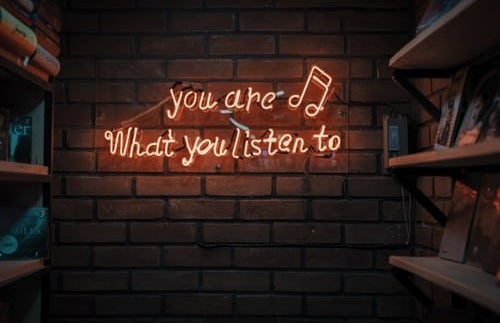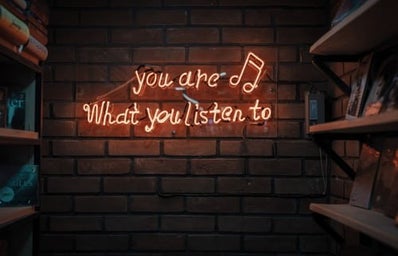I grew up listening to alternative bands like the Offspring, Weezer and Green Day with my mom. Having gone to high school during the mid-’90s, she proudly pumped punk alternative music through the stereo of her minivan on our way to soccer practice and swim meets. Her music helped her feel anti-establishment even when handing out orange slices and Capri-Suns at half-time. My mom still wears the Doc Martens, Converse shoes, and flannels of her youth while lounging around the house. Attending a concert every other weekend, she didn’t let the alternative spirit die, but, nonetheless, alternative music is facing serious issues finding footing in the 2020s. It is no longer one of the most popular genres of music, even on college campuses where alternative music has thrived until recently. In order to understand the lack of interest in alternative music, its important to see the evolution of the form.
In the ’90s, alternative music became mainstream with artists like Nirvana, Smashing Pumpkins, Weezer, Pearl Jam and Green Day. Pearl Jam, with their edgy lyrics and wailing guitars, was one of the first bands to popularize the niche in Seattle, Washington. Songs like “Jeremy” and “Black” were political commentary on issues during that time; “Jeremy,” in particular brought attention to teenage suicide and gun violence. Alternative music during this time was about making a stand. Nirvana also featured alternative music in their grunge aesthetic. Their music was an experience rather than a cohesive story. Their lead singer, Kurt Cobain, became a martyr for alternative music fans after is suicide. The genre bloomed in Seattle, Chicago and Los Angeles in the 1970s but didn’t reach mainstream appeal until the 1990s. The face that alternative music was considered mainstream during this time is an oxymoron. At this point, they competed with ’90s rap for play time and little else.
In the 2000s, alternative was still a popular genre with breakout artists like Fall Out Boy, Blink-182, Evanescence, My Chemical Romance, Paramore and Panic! At the Disco. At this point, the genre focused on melancholia. The genre was paraded by “outsiders” like goths and emos who felt comforted by the confessional style of 2000s alternative. At the same time, pop divas like Britney Spears, Christina Aguilera, Beyoncé and Rihanna were a major draw for pop stations. Avril Lavigne was an interesting bridge between genres; Lavigne was anti-establishment and open enough for alternative fans and had a powerful enough voice for pop fans. She found success with fans of both genres, similar to Billie Eilish in the 2020s.
In the 2010s, alternative music lacked the rock elements that encouraged earlier generations of the genre. Popular alternative music during this time had more “indie” roots. In this decade, only 163 alternative stations existed in the U.S., compared to 2,163 country stations. Foster the People and Arctic Monkeys experienced relative success in the earlier part of the decade, while bands like Twenty One Pilots and Panic! At the Disco experienced success in the latter half by combining genres. Twenty One Pilot balanced alternative, pop, and hip hop to appeal to a large demographic of listeners. In this decade, rap became the mainstream music genre of choice.
Alternative music in this cultural climate struggles to find footing in the 2020s due to the growth of rap and hip hop. In 2018, more rap tracks and albums were bought than any other genre. In fact, roughly ¼ of all music consumed was rap. Emo rap accounts for a large percentage of rap music. Interesting enough, these rap songs featured similar themes to that of alternative music. Rap music is confessional by nature and “sad boy rappers” like Juice Wrld, 21 Savage and XXXTentacion gained fans by writing highly personal and emotional verses. One reason for the exodus of alternative music to emo rap from teens is the growing sentiment of diversifying music. Alternative music has always been more popular with progressive students, but in the 2010s, however, there have been several campaigns dedicated bringing awareness to other cultures. Rap music heavily features people of color, such as Awkwafina, Bad Bunny and Drake. With younger generations becoming more and more culturally aware, there is a draw for consuming media from a variety of societies. Rap is incredibly diverse, while alternative music prominently features white male singers. Alternative music still aims to attract college students, but those students aim to consume art from a variety of cultures due to their progressive nature. This is why alternative is failing.


